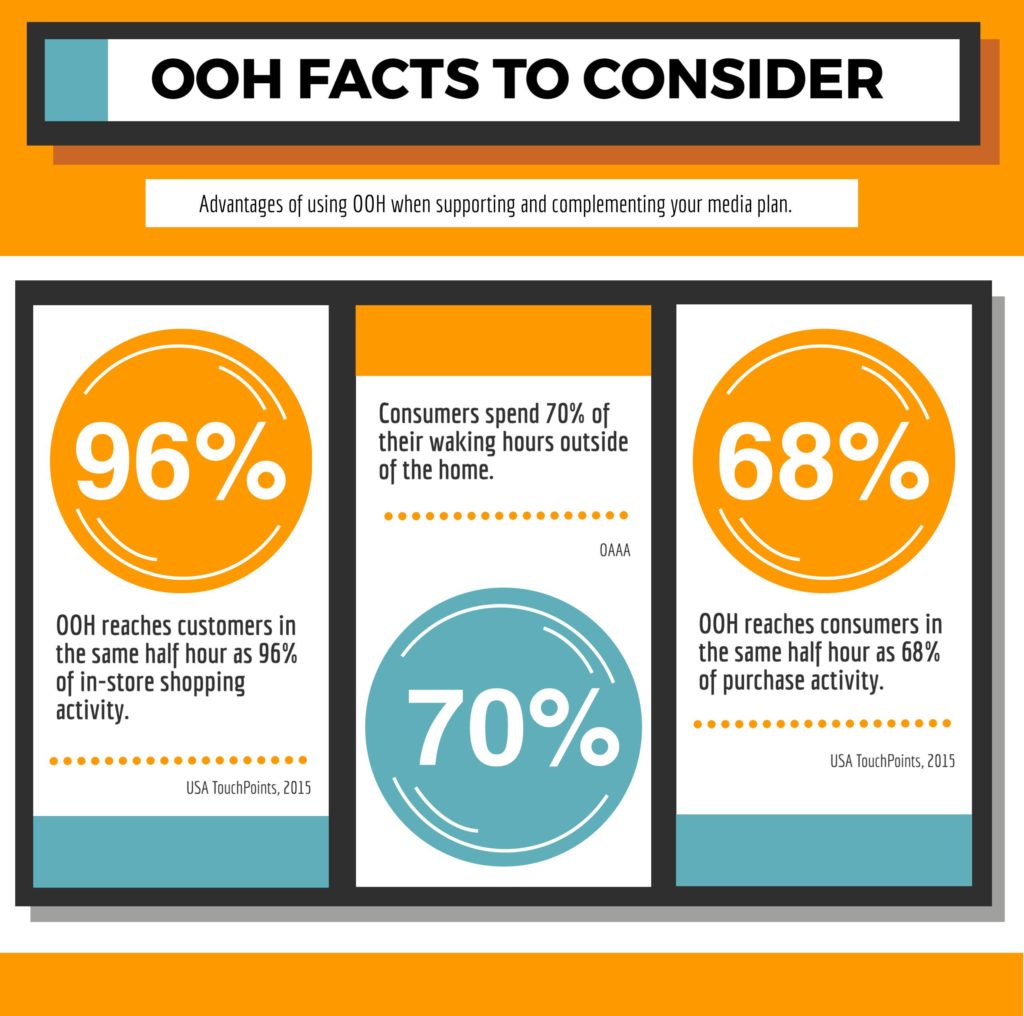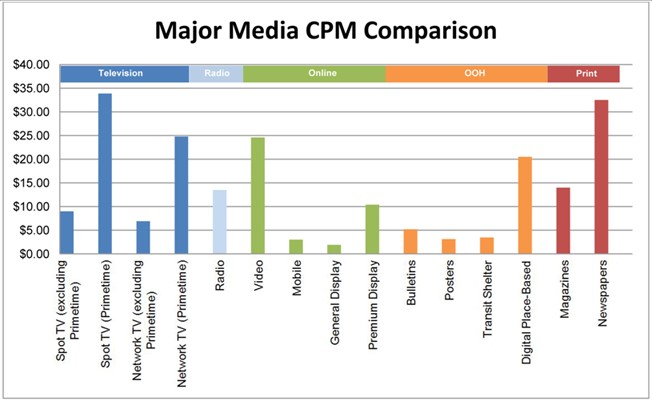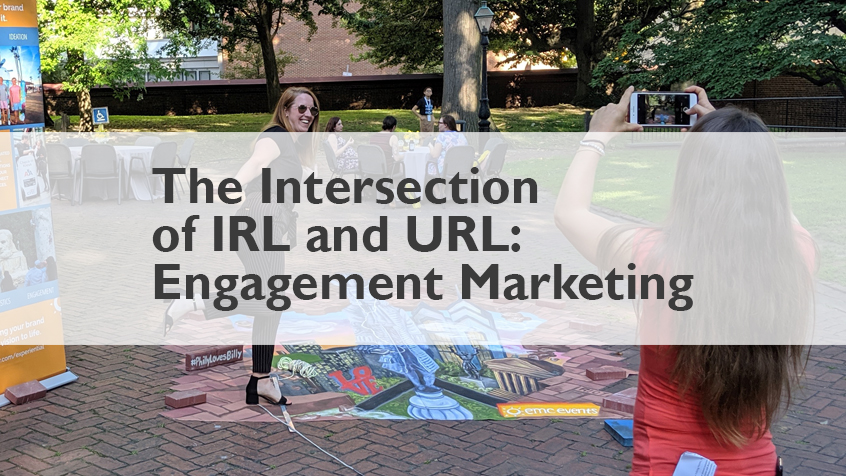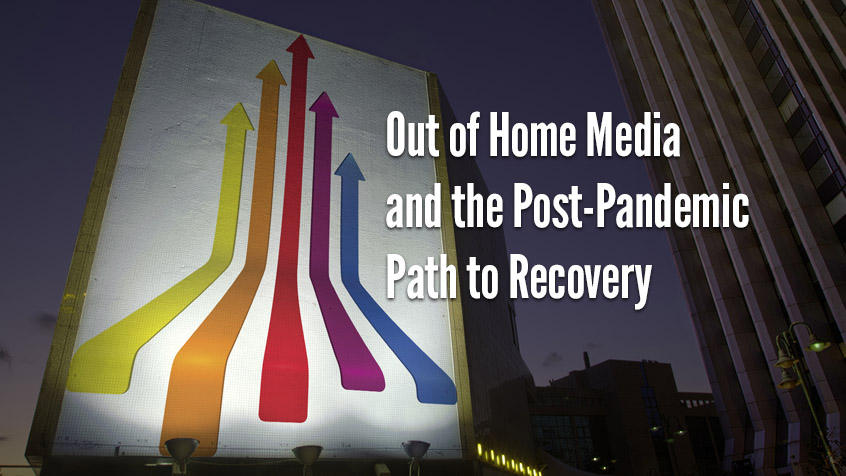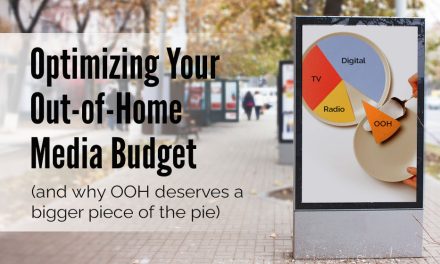With other traditional media channels like print, radio and broadcast TV waning amidst the ever-changing consumer landscape, many brands have been investing huge dollars in digital ads.
“Revenue from digital advertising, driven largely by search and mobile, reached $32.7 billion for the first half of 2016, an increase of 19 percent from $27.5 billion last year (2015)”. (Nov 2016 IAB -Interactive Advertising Bureau).
Based on the level of investment, agencies and brands alike have started asking critical questions…are we getting what we expect from our digital online ad spend? How can we be more assured that our message is getting to our consumer and moving that all important needle?
Digital Access
Digital ads are not going anywhere, anytime soon; 79% of US consumers own smartphones (ComScore, Jan 2016). We access “everything” through PCs, tablets and, in particular our mobile devices. The average user checks his/her phone 150 times a day (APP LOCKET, Telemetrics Mobile Path to Purchase Study, 2014). It is clear, we love our devices; it’s our portal to the rest of the universe. The challenge for all marketers is how to connect the “virtual” digital world with the real world, ensuring consumers take the desired actions.
Keeping it Real
With more and more questions about digital ad viewability and measurement (whether your ad was actually in front of a human), agencies and brands continue to struggle with finding the right solutions. Regarding the question of VIEWABILITY, the Outdoor Advertising Association of America (OAAA) ran an unprecedented campaign in 2015 using its own industry’s Out of Home media, driving traffic to FeelTheReal.org, with some very interesting results.
Mobile is KING: 74% of Web traffic to the Feel the Real site came from Mobile devices, and equally interesting, 70% of Web traffic to the Feel the Real site was direct traffic, where the user typed in the URL. Why is this important? 95% of the visitors to the “Feel the Real” website were verified as humans, not bots. (OAAA “Feel the Real” 2015).
Right Time and Right Place
So why connect the “virtual” of digital ads with the to the “real” of Out of Home? With consumers spending 70% of their waking hours outside the home (Nielsen Out of Home Advertising Study 2016), OOH media can extend the reach and frequency of Digital online advertising.
OOH reaches consumers in the same half hour as 96% of in-store shopping activity as well as 68% of all purchase activity. So, as we travel from home, work and play and back again, exposure to advertising matters in the critical time and place either before or after exposure to digital ads.
OOH Lift and the Compounding Effect
The ad budget shift from print, radio, broadcast TV has been moving quickly to other channels, especially online, but with a relatively small investment in Out of Home, advertisers can realize the ROI and lift that their brands are seeking. Realizing the upsides, some big names are adding OOH to their marketing strategies. Per a recent OAAA article: Many technology companies, who understand the value of using OOH to connect with consumers, are heavily invested in OOH. In 2016, the list of top 100 advertisers included Apple, Amazon, Facebook, Google, Lyft, Netflix, Uber and more. Facebook, which just began spending in OOH in 2014, jumped all the way to the number 28 spot in 2016.
As ad dollars continue to shift from traditional channels to digital, with continuing questions about viewability and measurement and how to connect the virtual to the real, complement and amplify your digital marketing strategy by adding Out of Home to your current media plan. Email us to learn more.
Or Contact Us:


